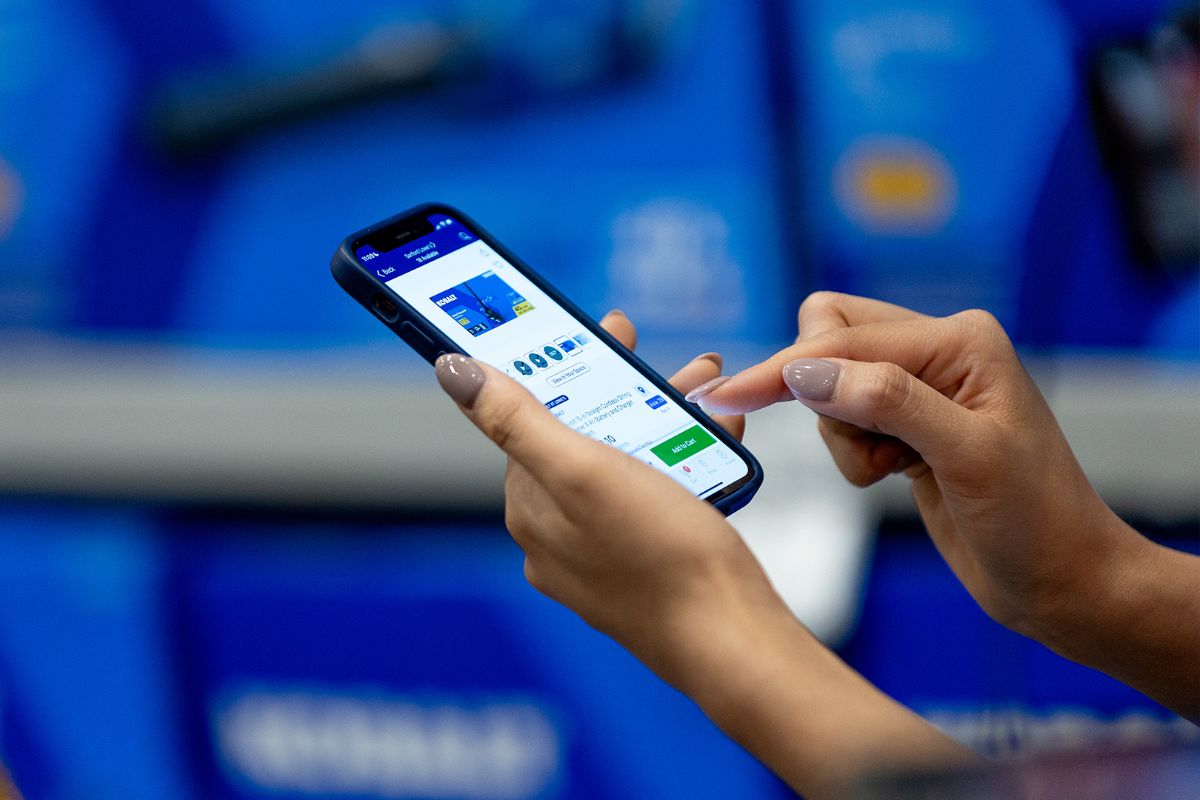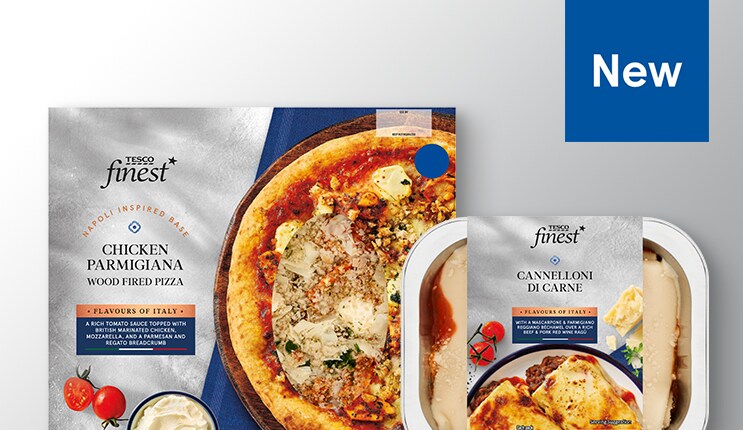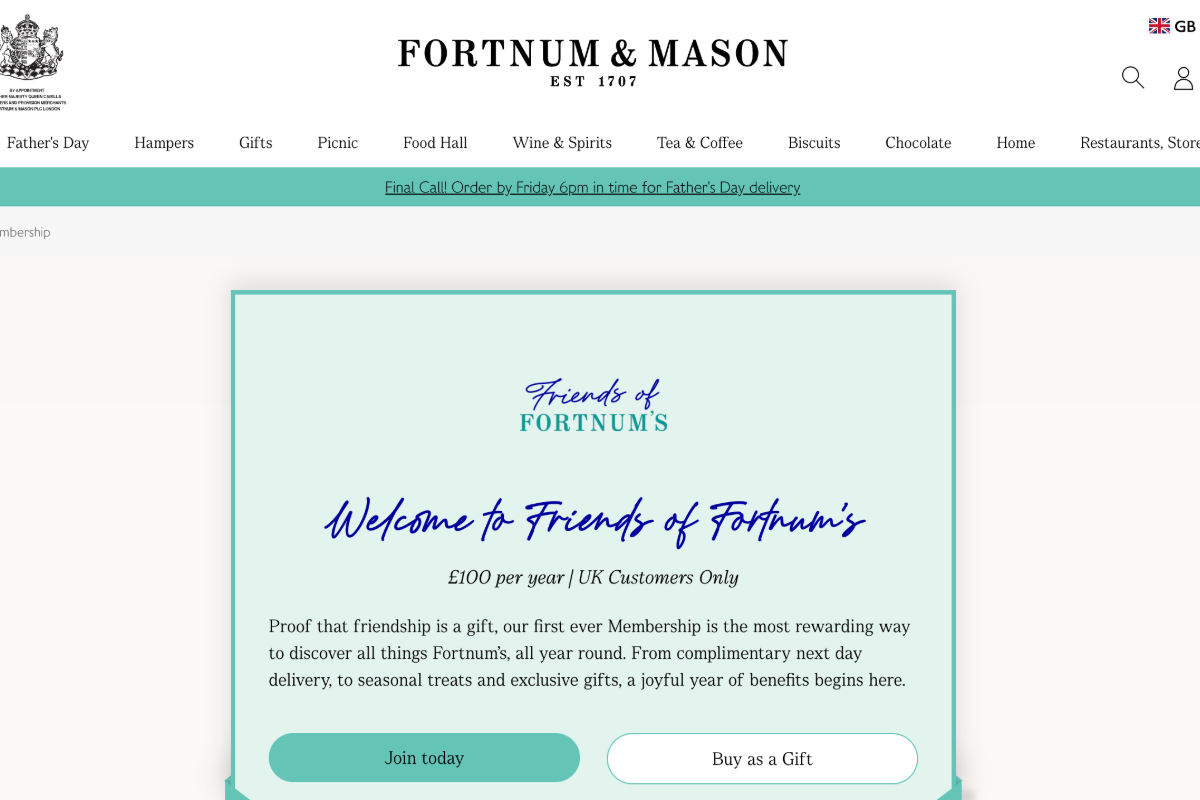Royal Mail has nearly trebled its fleet of electric vans as it looks to reduce emissions.
The postal provider has added 190 electric vans to its current 100, with the new additions serving London and the South-East.
Comprised of Mercedes-Benz eVito and Peugeot Partner vehicles, the new fleet can be charged in between six and eight hours and can then travel between 93 and 106 miles per charge. They come in sizes of either 3.7 cubic metres or 6.3 cubic metres and will operate on the company’s existing delivery slots.
In total, Royal Mail has 41,500 vans. The company/ is a participant in Optimise Prime, an electric vehicle project funded by the UK’s energy regulator and led by Hitachi Vantara and UK Power Networks. It brings together private sector companies to test approaches to rolling out electric vehicles.
Paul Gatti, Royal Mail fleet director, said: “As a Company, we are committed to making changes to our operations that reduce our environmental impact, whilst ensuring we continue to meet customer expectations.
“This trial is part of a programme of initiatives across our business that will ensure we can continue to deliver letters and parcels safely, efficiently and in the most environmentally-friendly way possible.”
In March, Royal Mail announced it would trial electric tricycles in London and Cambridge.
Royal Mail recently announced plans for a new automated warehouse in the north west of the UK. The new hub will be able to process over 600,000 parcels per day, primarily supporting next-day deliveries and larger parcels.








